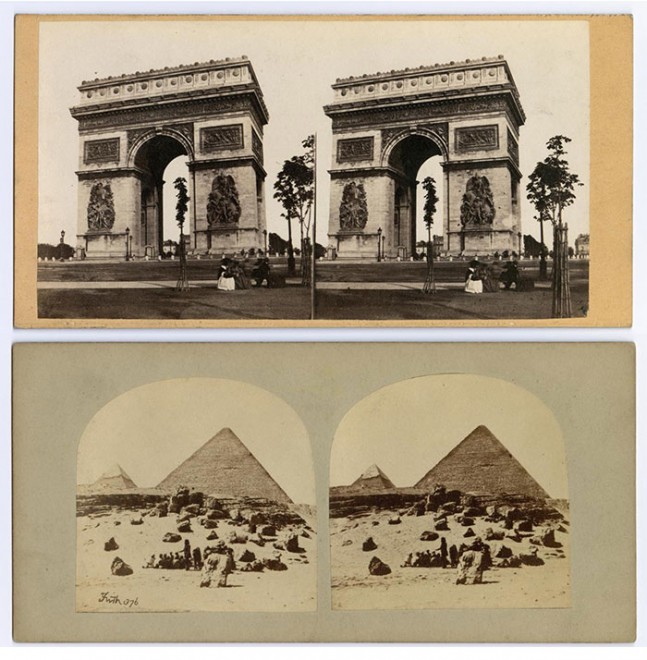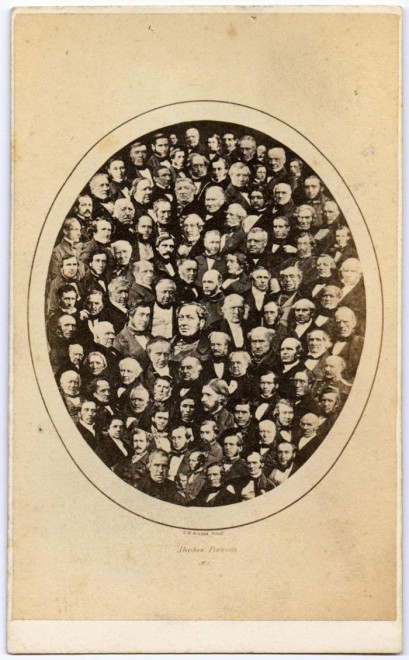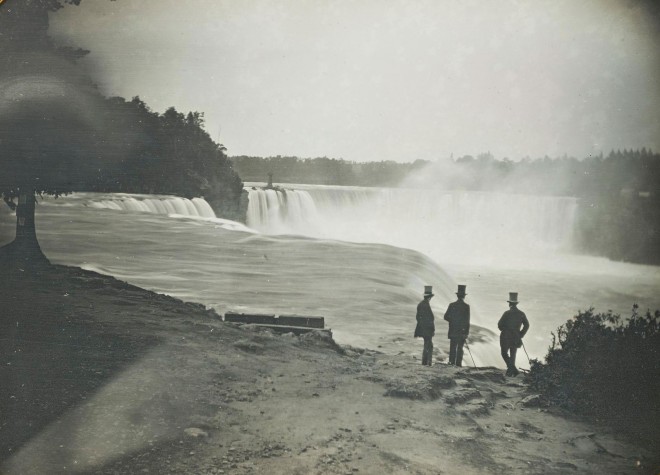For the last nine months I have been working with colleagues at National Museums Scotland and the University of Edinburgh to put together our first ever MOOC, inspired by our exhibition, Photography: A Victorian Sensation, which runs until 22 November 2015.
Our MOOC launches on 12 October and you can register to take part here: www.coursera.org/course/vicphoto.
What is a MOOC?
A MOOC is a free Massive Open Online Course which anyone can take part in, via the web.
Our MOOC will run for five weeks from 12 October 2015. Course participants can check in at the start of each week to access online video and audio lectures and reading materials, and to look at images from our Victorian photography collections.
Participants can sign up from anywhere in the world, and time zones don’t matter, as the course doesn’t run in ‘real time’, although there will be online discussion forums, which participants can join when it’s convenient for them.

Each week’s learning programme will remain available for the duration of the MOOC, so if anyone misses a week, they can easily catch up. There is no formal qualification at the end, although participants can opt to pay for a certificate. Learning activities, a peer-assessed assignment and participation in discussion threads will all count towards the final certificate. Participants are in control of their own username and ID, and the discussion forums are very straightforward, even for people who have never taken part in one before.
Four Teaching Assistants (TAs) – Sheila Masson, Kirke Kook, Jonathan Portlock and Nishana Sukul – will be on hand to take part in the forums. Each has an interest in or has studied social history, photo history or art, or has practical academic research experience.
This is National Museum Scotland’s first step into active, online distance learning, led by the Learning and Programmes department working closely with Dr Alison Morrison-Low (curator of the exhibition), with input from Digital Media and support from the MOOC team at the University of Edinburgh.
Why are we doing this MOOC now – and why Photography: A Victorian Sensation?
Running a MOOC is a fantastic way of truly working ‘beyond the museum walls’, a key part of the remit of our Community Engagement team, a high impact project reaching a wide audience around the world.

We chose Photograph: A Victorian Sensation as it is a highly ambitious exhibition, showcasing over 1,500 objects and images, and covering a topic with enduring appeal: who doesn’t love a selfie or an old family photograph? The exhibition contains a large number of objects and images not only from Scotland and the rest of the UK, but also from around the world, and it will be really interesting to hear from MOOC participants in other countries, who may have very early photographs in their personal collections or in their local museums or archives.
We also wanted to increase access to the high quality digital film and other content from the exhibition, to extend its impact and create a really strong online learning resource. We have added some new information, and some of our Teaching Assistants have contributed resources as well and will be joining in the discussion forums, so our online audience will get a unique learning experience.

Who is the MOOC for?
MOOCs appeal to a broad range of participants who are either interested in the topic or in being part of an online learning group, meeting and conversing with people across the world. We have set some practical tasks too that will get everyone either taking or sharing photographs, but no previous experience of the subject is required.
So far, we have almost 5,000 people signed up, across 117 countries ready to take part when we launch on 12 October.

How much work is involved in the course?
The average weekly workload should be around three hours and the beauty of the MOOC is that you can do it anywhere, any time, once each week’s course work has been released. Many people like to log in to their MOOC whilst they are commuting.
We are really looking forward to 12 October, when our MOOC goes live and we find out more about our new online, global audience – and we hope that this is just the beginning of online learning from National Museums Scotland.
Sign up at www.coursera.org/course/vicphoto and tweet about us #vicphotomooc